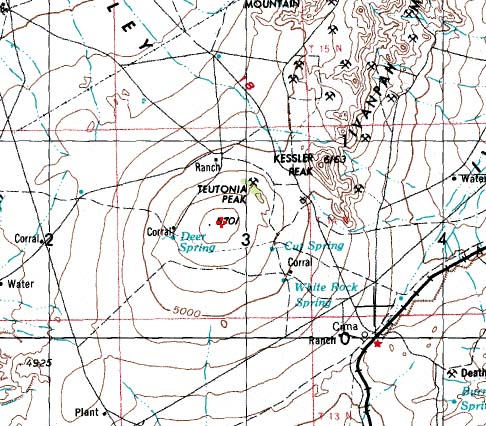Walking around town when I get breaks between meetings I’ve dragged along one of two cameras. One is a trusty roll film camera that I’ve been using for years, and the other is this embarrassment of a digital camera, the first digital camera I bought John when digital cameras were just coming out. I haven’t gone shopping to Toys R’ Us lately but I’d guess that it has the same megapixel capacity as a My Little Pony digital camera today, if they make such a thing. At least it’s not pink. Maybe I should say that it has 1,300 kilopixels–certianly lots more impressive than 1.3 megapixels. And on top of the low resolution it eats batteries like crazy. Seriously I thought it had died and gone to digital camera purgatory until I dropped into the gift shop downstairs and fed the camera five bucks in batteries. Might have been a good excuse to finally get myself a real digital camera.
Since most of the pictures I took were with the film camera I’ll have to forgo the immediate gratification and wait to see the pictures until I get them developed. But here’s one of the random digital shots of a structure located just above the downtown tourist district. Though it’s called many things, it appears on the map I have as the Old Stone Mill, though it’s doubtful that it was ever attached to any operation like a mill. In fact, it’s apparently a bit of a mystery what it is exactly, and a bit of a mystery who built it. Apparently carbon dating of the mortar dates it to various dates, some as late as the late seventeenth century, some to the early 1400s.
Call me a skeptic, but just like people who claim their hotel is haunted, what mystery there might be well could be overblown and might have nothing to do with reality, though it’d certianly be good for business. There are a lots of web pages where it’s discussed: wikipedia of course; Curt F. Waidmann’s nicely researched The Newport Tower: a Medieval Ruin in America; the Redwood Library and Athenaeum’s page on it; and the more scandal-/mystery-driven page on UnexplainedEarth. If any of those pages have any authority, Wikipedia points to the Redwood Library’s pages, and I might go with that evaluation: The library is located just across the street.



